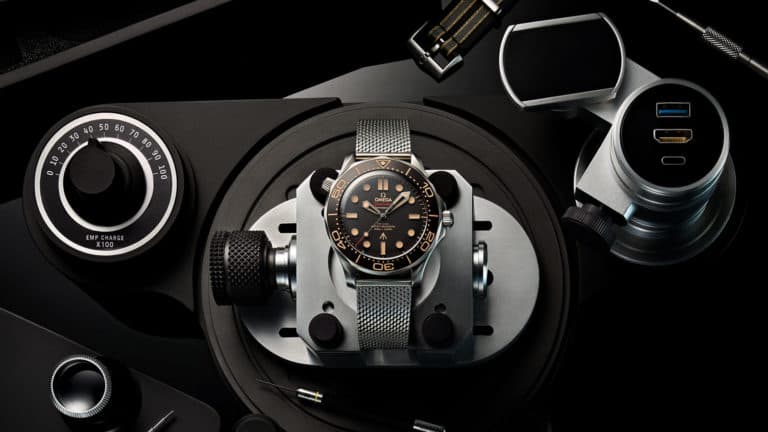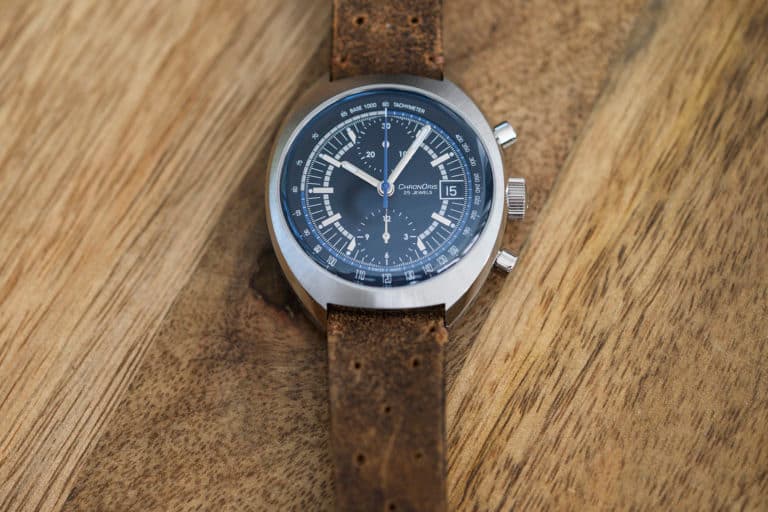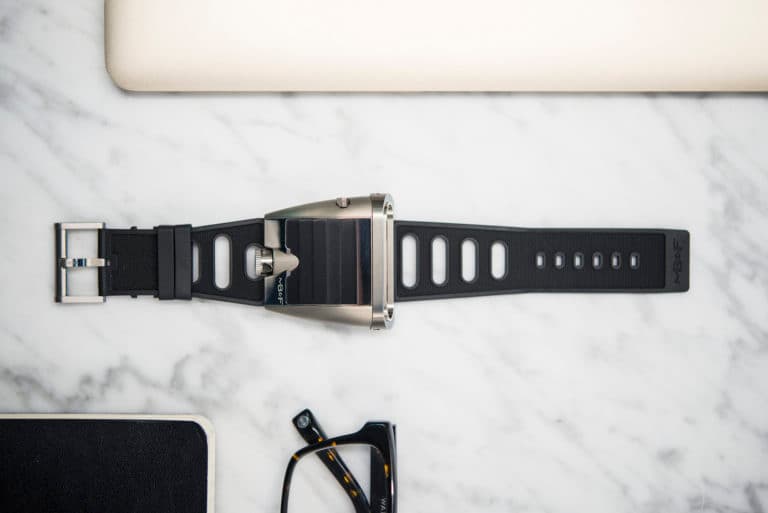One of the most recognizable watches in the industry belongs to that of the Panerai Luminor, thanks in large part to its distinctive crown guard, cushion shape, and art-deco style oversized numerals. It’s easy to spot from across a room, and it’s spawned dozens of look-a-likes from upstarts to well established brands. So where did it come from? While it has a history that dates to the ‘50s, you might be surprised to learn that it wasn’t until the ‘90s that you could actually buy one.

The first Panerai Luminor, credit: Panerai
The origins of the Panerai brand date to the 1870s, when founder Giovanni Panerai opened a watchmaker’s shop to service and eventually sell other watches in the heart of Florence, Italy. After the turn of the century, the Royal Italian Navy commissioned Panerai to create watches for their servicemen, and the result was the Radiomir, first presented in 1936. That watch is a story for another day, suffice to say it did bring us the use of radium as lume on the dial (before we understood the danger that material presented wearers). Side note: Panerai used movements sourced from Rolex and Angelus in their early watches.

Panerai instruments made for the Italian Navy, credit: Panerai
The Luminor name made its first appearance in 1949, as a new form of lume that was tritium based, replacing the more radioactive radium based lume. A few years later, we got our first look at a new case construction, prominently featuring a domed crown guard with locking lever (or tight seal device, according to the patent), meant to further seal the crown for use underwater. These were exclusively used by Italian Navy (and later the Egyptian Navy), after all so function was of prime importance.
Just how many watches were delivered to the Italian Navy has never been disclosed, with estimates ranging from 300 to 500 pieces built in total. These watches fetch healthy sums at auction as a result. It wouldn’t be until 1993 that Panerai would offer a set of 3 limited edition watches to the public: the Luminor, the Luminor Marina and the Mare Nostrum, each drawing inspiration from their original counterparts. 2 years later, one of these would catch the eye of actor Sylvester Stallone, who liked the watch so much that he wore it will filming the 1996 movie Daylight. The resulting buzz generated a huge amount of interest in the brand, and in 1997 Vendôme Luxury Group (now Richemont Group) officially acquires Officine Panerai.

In-House caliber P.3000
Today, the Luminor fills a prominent role in the Panerai stable, still rocking the crown guard, and still sporting that unmistakable dial design. Being in the Richemont Group has its benefits as well, from distribution to watchmaking knowhow. The Luminor sports in-house Panerai calibers these days, offering complications from GMT hands to tourbillons. With case sizes ranging from 42 to 47mm, they are still very much true to the brand’s origins, though if that sounds too big for your wrist, scope the new Luminor Due line, which has case options down to 38mm. We’ll have much more on the Due in the coming months, but until then, shop the entire Luminor collection right here.
























